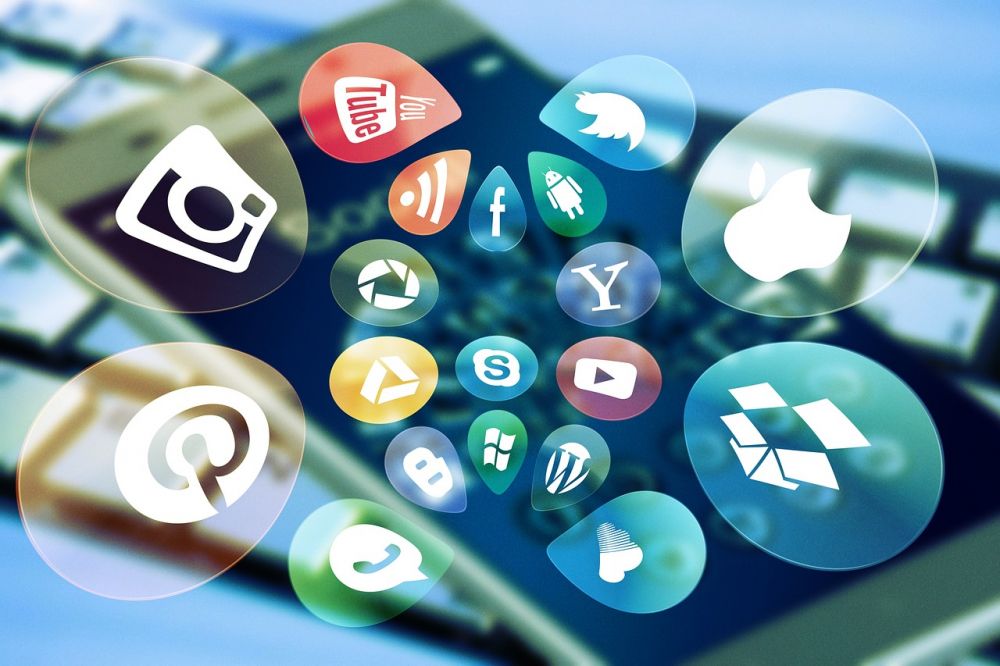Messenger apps: The Evolution of Communication Platforms

Introduction:
Messenger apps have become an integral part of our daily lives, revolutionizing the way we communicate with friends, family, and colleagues. With instant messaging, voice and video calls, and various interactive features, these apps have transformed our interactions into a seamless experience. In this article, we will delve into the world of messenger apps, exploring their significance and evolution over time.
What is a Messenger App?

A messenger app, also known as an instant messaging app, offers users the ability to send and receive messages instantly over the internet. These apps are designed to provide a real-time communication platform, allowing users to connect with others regardless of their location. Apart from text messaging, messenger apps also support features such as voice and video calls, file sharing, group chats, and even integration with other apps and services.
Importance of Messenger Apps:
Messenger apps have revolutionized the way we communicate, making them an essential tool in today’s digital era. Here are some key aspects that highlight their importance:
1. Instant Communication: Messenger apps provide instant communication, eliminating the need for traditional SMS and phone calls. With a stable internet connection, users can send messages and receive replies in seconds, enabling quick and efficient communication.
2. Cost-Effective: Most messenger apps utilize internet data instead of cellular networks, making them a cost-effective alternative for international or long-distance communication. Users can send messages, make voice or video calls to anyone worldwide without incurring exorbitant charges.
3. Versatility: Messenger apps offer a wide range of features and functionalities, catering to various communication needs. From basic text messaging to voice and video calls, group chats, and even stickers and emojis, these apps provide versatile platforms for expressing thoughts, ideas, and emotions.
4. Integration and Convenience: Many messenger apps integrate with other services and platforms, enhancing their convenience. Users can share files, photos, and videos directly from their devices, link their messenger accounts to social media platforms, and even conduct transactions seamlessly.
Historical Evolution of Messenger Apps:
The evolution of messenger apps traces back to the early days of the internet, where simple chat rooms and bulletin boards provided an early glimpse of online communication. As technology progressed, so did the features and capabilities of these apps. Let’s take a closer look at the historical milestones:
1. AOL Instant Messenger (AIM): In the late 1990s, AIM gained popularity as one of the first standalone messenger apps. It allowed users to create profiles, set away messages, and engage in private or group conversations. AIM set the foundation for future messenger apps, emphasizing the importance of personalization and real-time communication.
2. MSN Messenger: Launched in 1999 by Microsoft, MSN Messenger introduced file sharing, custom emoticons, and video calling. It gained immense popularity, becoming the go-to messenger app for many users and setting the stage for further advancements.
3. BlackBerry Messenger (BBM): Introduced in 2005, BBM revolutionized messaging with its secure, end-to-end encrypted platform. It gained immense popularity among BlackBerry users, offering features such as read receipts, group chats, and broadcast messages.
4. WhatsApp: In 2009, WhatsApp emerged as a cross-platform messenger app, eliminating the need for costly SMS plans. Its simplicity, low data usage, and end-to-end encryption quickly made it a global phenomenon.
5. Facebook Messenger: Launched as an independent app in 2011, Facebook Messenger integrated with the Facebook network, allowing users to connect with friends seamlessly. Its continuous evolution introduced features like voice and video calls, money transfer, chatbots, and even augmented reality effects.
6. WeChat: Originating in China, WeChat expanded beyond messaging and integrated various services, including mobile payments, e-commerce, and social media components. It exemplifies the evolution of messenger apps beyond mere communication tools.
Today, messenger apps continue to evolve, incorporating artificial intelligence, voice recognition, and even virtual reality features. These advancements have transformed the way we socialize, work, and connect with the world around us.
In conclusion, messenger apps have revolutionized communication, offering instant, convenient, and versatile platforms for interaction. From their humble beginnings as basic chat rooms to the multifunctional apps we use today, they have become an integral part of our digital lives. As technology continues to advance, the future of messenger apps looks promising, with endless possibilities for enhanced connectivity, integration, and innovation.





